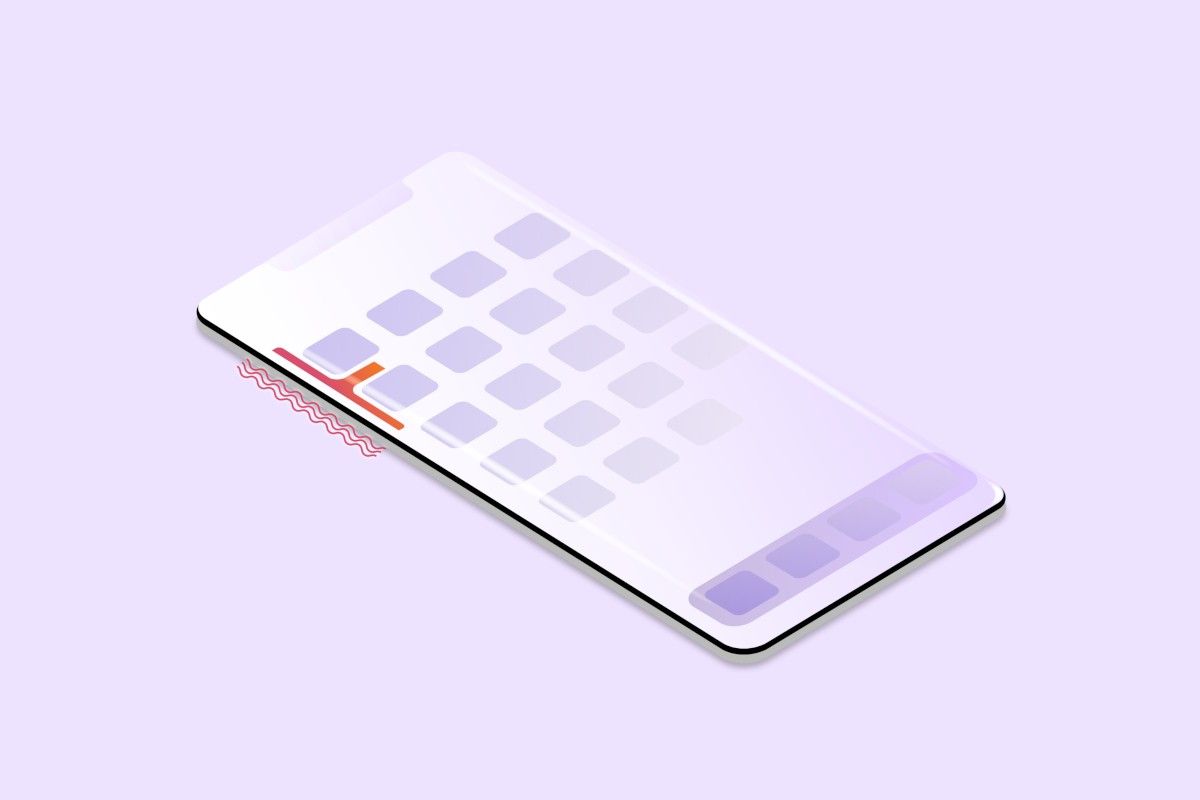Gaming phones are a new category in the Android space and we've seen these devices offer some clever tricks. One such device, the ASUS ROG Phone II, featured "AirTriggers" to mimic physical shoulder buttons. Sentons is the company behind this technology and they want to get rid of buttons on more devices with SDS ButtonBar.
The company announced today that they are teaming up with Foxconn to create virtual buttons for smartphones. This is possible through technology that Sentons calls "software-defined surfaces" (SDS). Like virtual on-screen buttons, virtual physical buttons offer much more flexibility. This is demonstrated with SDS ButtonBar, the company's latest virtual button software.
SDS ButtonBar can create virtual buttons for things like power and volume control, but it can also be used with gestures. All of this is made possible by 20 submicron-sized ultrasonically modulated discrete sensors distributed within a short 1.9-inch bar. Essentially, the manufacturer can place that 1.9-inch area anywhere on the device, including the traditional location of the edge of the phone.
One concern with virtual buttons is false touches. No one wants to accidentally turn off their screen while holding the phone a certain way. SDS ButtonBar is engineered to identify these false touches and reject them. We've seen similar solutions in phones with waterfall displays and they seem to work well. Partnering with Foxconn will allow Sentons to deliver this technology at a larger scale.
It's no secret that manufacturers have been trying to remove components to simplify phone designs. Despite the brief emergence of pop-up cameras and sliders, moving parts in slab smartphones have mostly gone by the wayside. Ports and buttons are common failure points, so it makes sense that manufacturers want to remove them (not to mention production costs). SDS ButtonBar is a solution we may see in the future.
What are your thoughts on virtual buttons? Do you want to see a phone in the future without ports and physical buttons?

